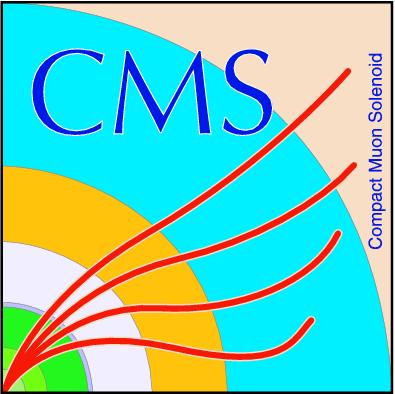
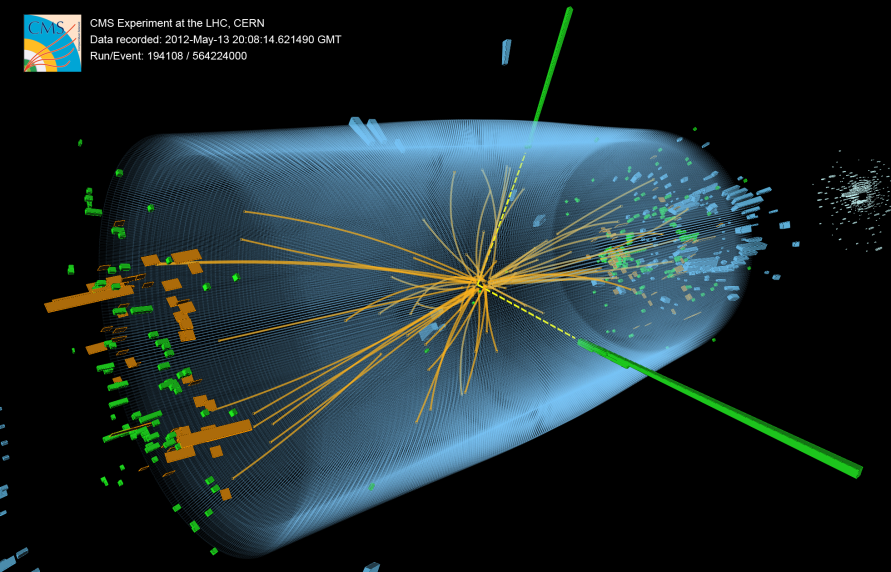
Compact Muon Solenoid
LHC, CERN
| CMS-PAS-SUS-24-003 | ||
| Search for Higgsinos in final states with low-momentum lepton-track pairs at 13 TeV | ||
| CMS Collaboration | ||
| 15 May 2025 | ||
| Abstract: A search for the pair production of Higgsinos in final states with large missing transverse momentum and either two reconstructed muons or a reconstructed lepton (muon or electron) and an isolated track is presented. The analyzed data are proton-proton collisions with an integrated luminosity of 138 fb$ ^{-1} $ collected by the CMS experiment in proton-proton collisions at $ \sqrt{s} = $ 13 TeV. The signal scenario considers two neutralino states differing in mass by small values of approximately 0.5--5 GeV, in which the heavier neutralino decays into the lighter neutralino and two same-flavor leptons. The selection focuses on cases in which either the lepton $ p_{\mathrm{T}} $ or the opening angle between the leptons is smaller than that required by previous searches. Multivariate discriminants are used to enhance the sensitivity by efficiently rejecting backgrounds from SM processes or fake tracks and leptons. The search explores a unique phase space and probes a previously unexplored region in the signal model parameter space. Mass differences between the lightest and next-to-lightest neutralinos are probed as low as 1.5 GeV, assuming a 100 GeV Higgsino, as well as Higgsino masses up to 145 GeV for a mass difference of 4 GeV. | ||
| Links: CDS record (PDF) ; CADI line (restricted) ; | ||

|
Compact Muon Solenoid LHC, CERN |
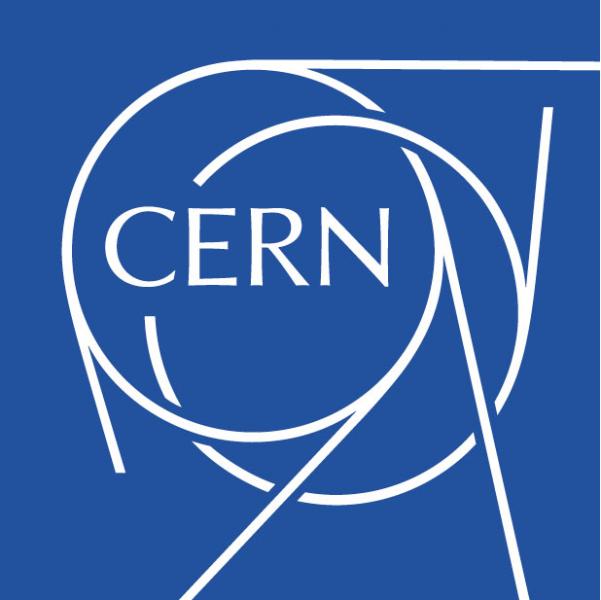
|
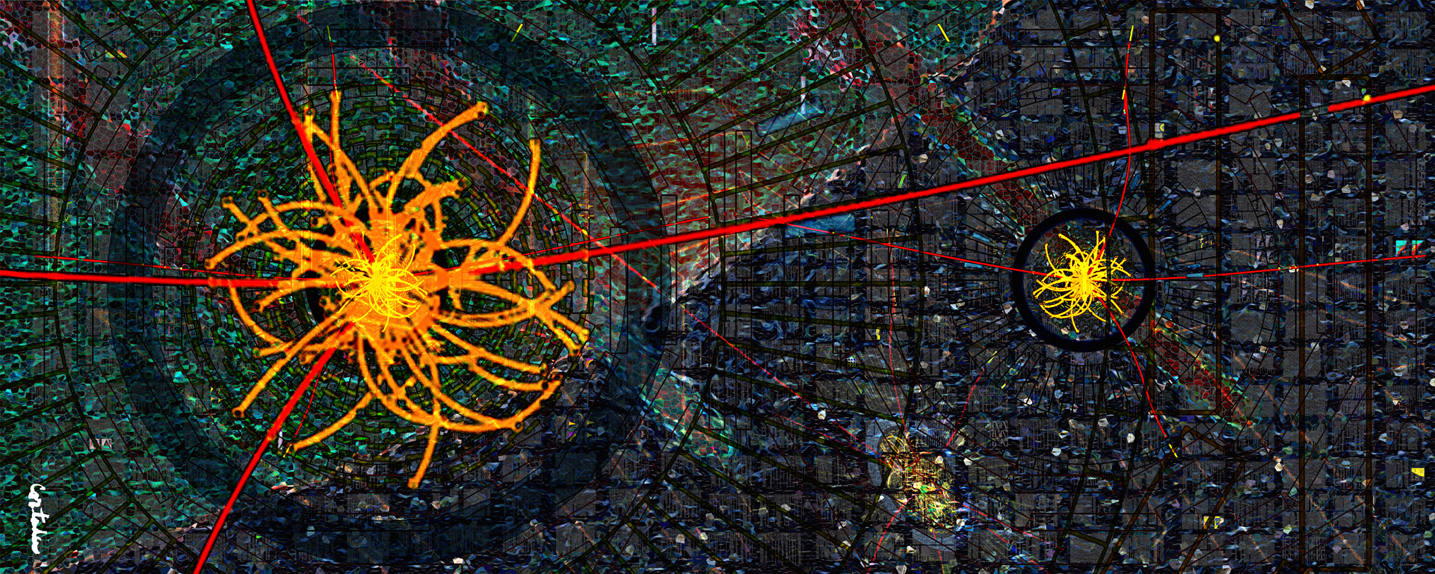
|
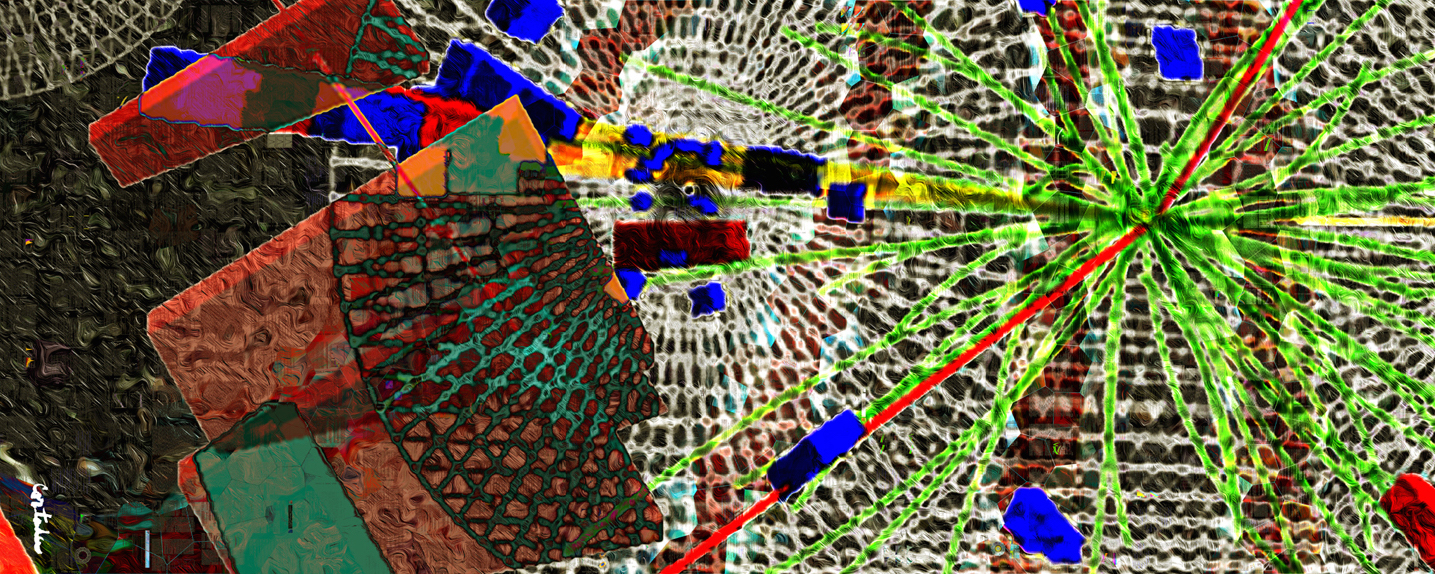
|
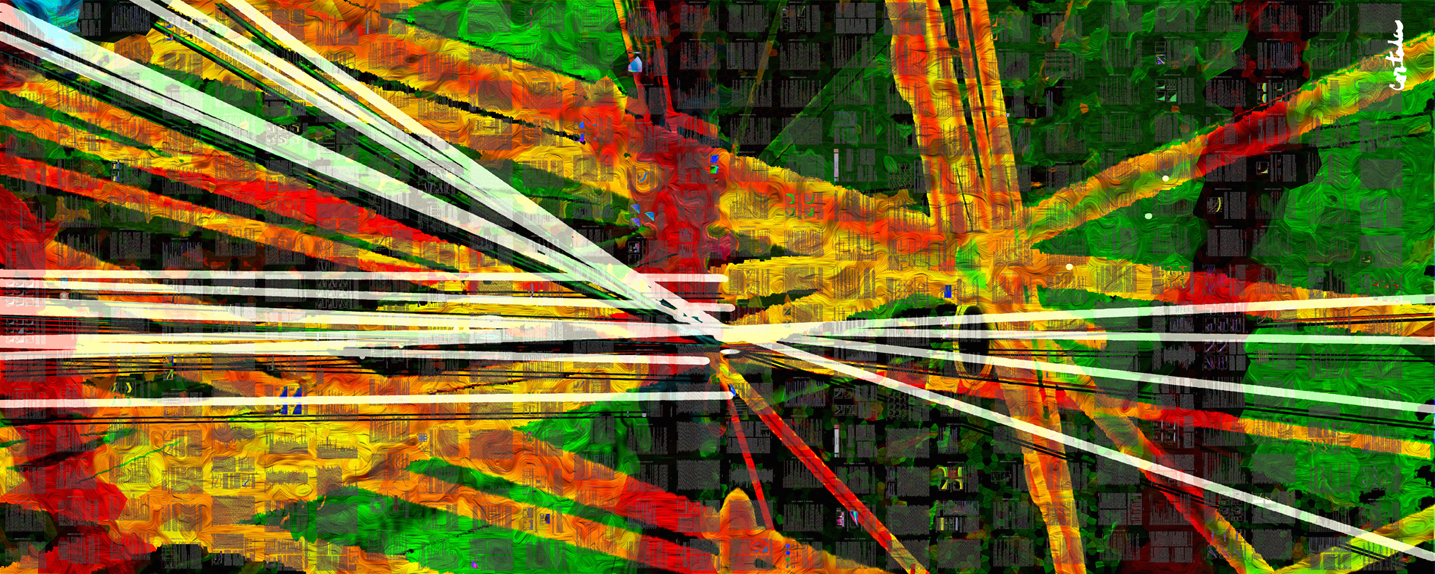
|
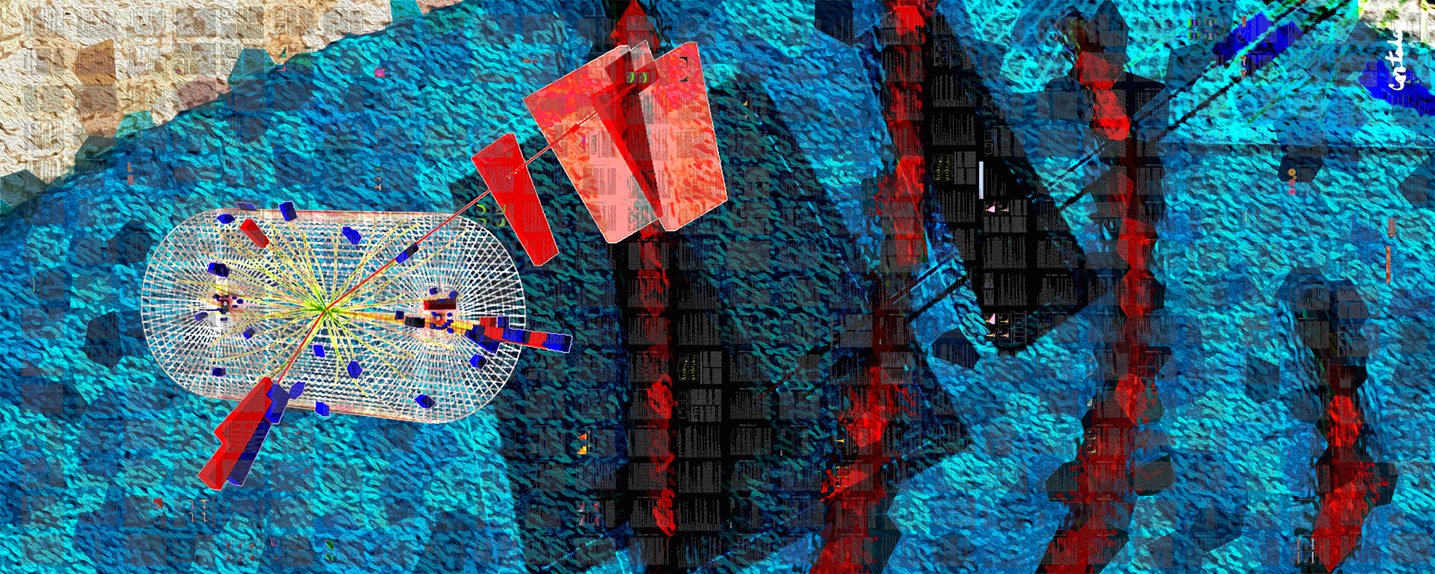
|
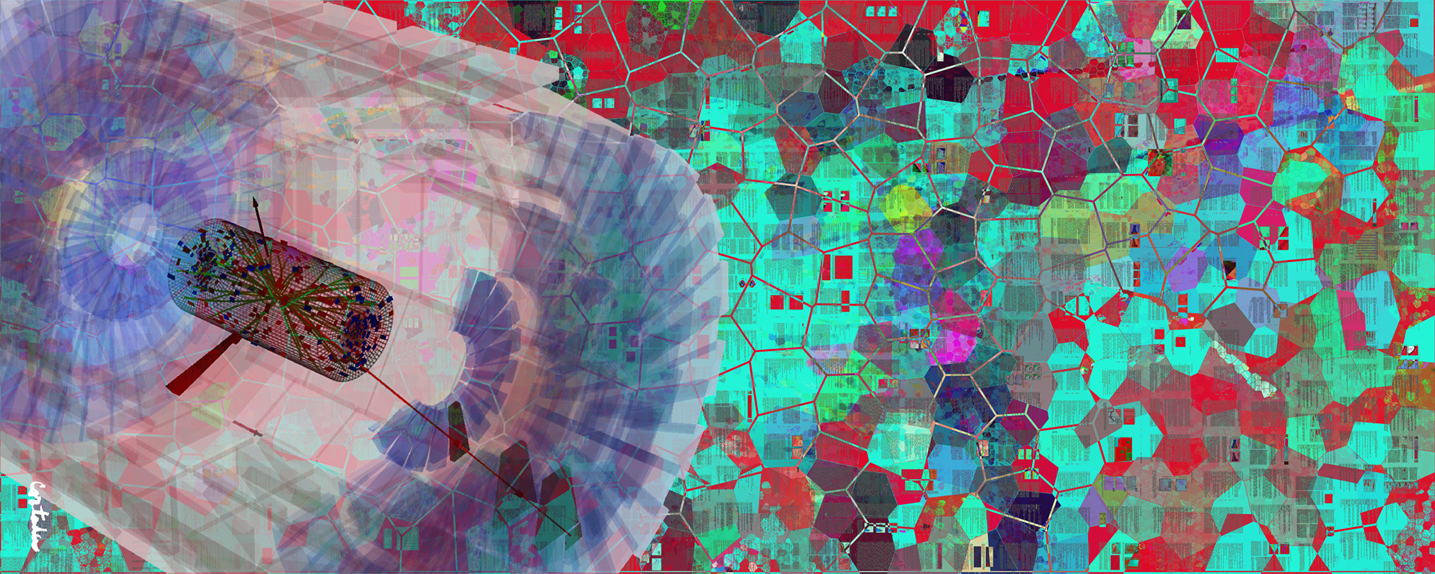
|